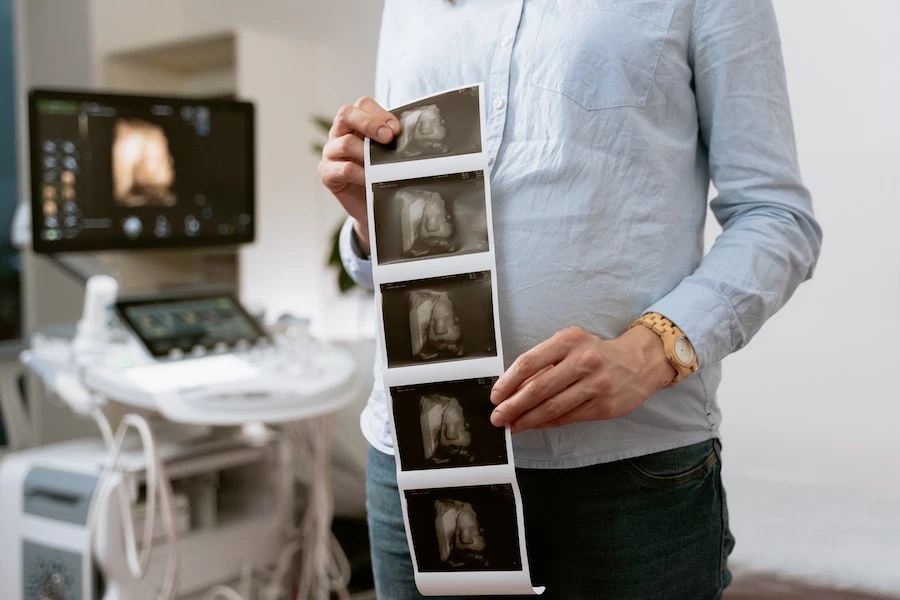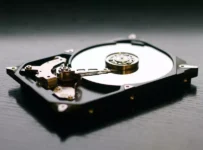
Many decades back, computer vision was introduced – maybe not as modern as it is now, but it did exist in labs and universities. However, with the advancement in technology in different industries, computer vision, and artificial intelligence emerged to change the world. Today, there is computer vision in the medical field and other areas of life, including surveillance, transportation, and control systems. So far, it has impressed people, and many are discovering its true potential. In this article, you will read about the advantages, use cases, and other relevant information about computer vision in healthcare applications.
What Is Computer Vision?
Computer Vision, also called Machine Vision, uses artificial intelligence, thus relying on complex algorithms (known as neural networks) to analyze, detect, track, segment, and classify objects or images. These neural networks have been designed to understand the situation and process an accurate series of information. In this case, they use deep learning technology.
The major users of this technology include vehicle manufacturers, healthcare professionals, security system experts, agricultural companies, sports analytics, operators, and retailers. However, the healthcare industry has had the most use, considering how beneficial computer vision has been over the last two decades.
Computer Vision In Healthcare Applications
Computer vision applications in healthcare are wholly based on image recognition. This technology makes making accurate diagnoses, providing prescriptions, and optimizing treatment costs easy.
Advantages Of Machine Vision In Healthcare
Advanced deep learning in computer vision healthcare has helped to solve major life challenges. For instance, physicians find machine vision useful as a second opinion for diagnosis. They also use it in spotting specific damaged areas in images. In summary, the main advantages are object recognition, complex image analysis, and detection. And with this, many lives have been saved through early detection and effective treatment plans.
Use Cases Of Computer Vision In Health Care
Seeing how much CV greatly impacts medicine, it is only reasonable to discuss the use cases or applications.
Radiology
A common application of computer vision in the medical field is radiology. It was one of the first areas of medicine that adopted this technology. Radiologists can use object recognition to utilize the data from DICOM medical imaging and properly analyze images. Hence, it is now possible to run accurate diagnostics on patients.
Some purposes it has served in radiology include the inspection of X-rays, MRI scanning of the brain and internal organs, detecting tumors, cancer, and bone fractures, and monitoring of treatments. And even though full diagnostics remain impossible with CV, it still has been a great help to physicians (or radiologists).
Cardiology
One of the best things about this technology is its use in cardiology. Surgeons now have a better chance of monitoring the heart and diagnosing patients. This CV provides the perfect visual aid. It helps detect heart development issues, monitor congenital heart problems or diseases, and perform an accurate cardiac parameter analysis.
Furthermore, it serves a great purpose during surgeries. For instance, surgeons will be able to view the arteries and the flow of blood during a surgical procedure. It could also estimate the amount of blood lost during the procedure. It is indeed one of the biggest breakthroughs in medicine.
Ophthalmology
Another application of computer vision in healthcare is ophthalmology. Before now, detecting eye problems was a hassle. Ophthalmologists have had issues accurately diagnosing eye diseases, which has affected many. However, with computer vision, so much has been accomplished.
First, this deep learning machine vision technology has helped doctors detect eye diseases early in children and adults. It has also been used in clinics for retina scanning and analysis, pre-operative planning, and eye tracking for correction. In short, the algorithms ensure a marked difference between healthy eyesight and a diseased one via unique imaging.
Dermatology
It could almost sound unbelievable, but CV has greatly benefited dermatology. The skin is the most visible body part and the toughest to diagnose. Many people live with different skin problems, including cancer, and find it almost difficult to tell. However, this technology has ensured dermatologists can diagnose accurately and recommend a treatment plan through imaging, i.e., photo or video.
Other uses of machine vision in dermatology include monitoring growth, scanning skin formations, and observing the sensitivity of different skin types to certain medications or products.
Orthopedics
It is impossible to mention these other aspects of medicine without mentioning the effect of computer vision in Orthopedics. It is another medical specialization that utilizes this technology effectively in areas such as X-ray, CT, MRI segmentation, surgery planning, robotic surgery, and arthroplasty planning.
Patient Rehabilitation
Another recognized application of CV is in Patient rehabilitation. Sometimes, patients opt-in for home rehabilitation – away from medical sight. However, it seemed impossible to keep up at first, but the introduction of computer vision has made it easier.
Doctors can now provide their patients with adequate care and monitor their progress and lifestyle through this technology. For instance, some pieces of equipment have been integrated with fall detection technology to alert a practitioner of problems with their in-house patient. And so far, it has not only saved time and effort, but it is cost-effective.
Disease Detection
Lastly, Machine Vision has proven effective in disease detection. Today, many people can detect if they have certain diseases early. Early detection of these diseases determines a patient’s chance of survival because immediate treatment would commence.
Conclusion
Computer vision in healthcare applications has solved major problems in radiology, ophthalmology, orthopedics, and other medical fields. Today, people can detect diseases early enough and commence treatment. In another situation, doctors and physicians can run scans, get a diagnosis, and identify objects or do segmentation. Indeed, this technology has been of much help.
In the future, more milestones will be met with advanced technology, especially in health care. However, for now, it is interesting to see how artificial intelligence and deep learning computer vision are changing the world and giving people a better chance at living.


